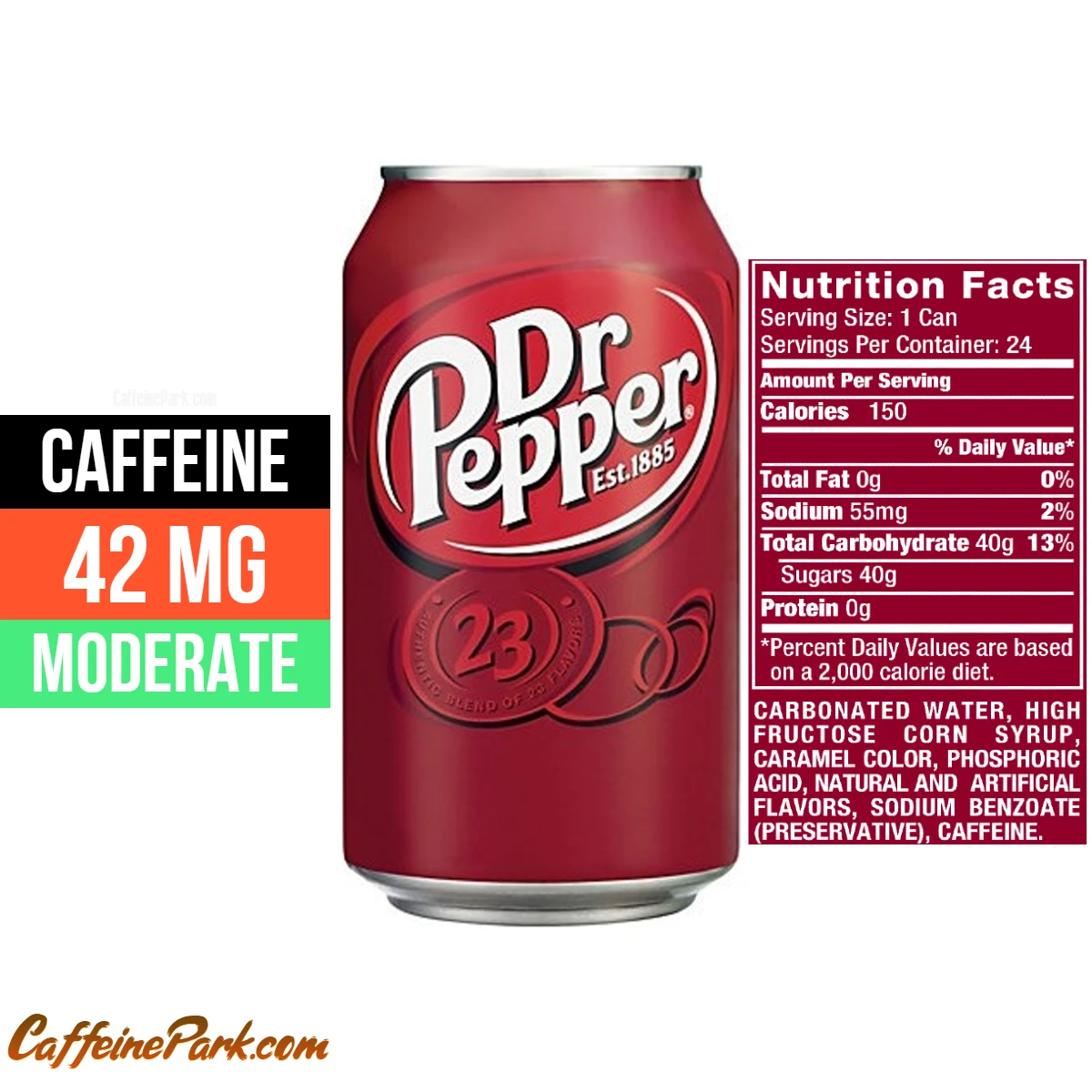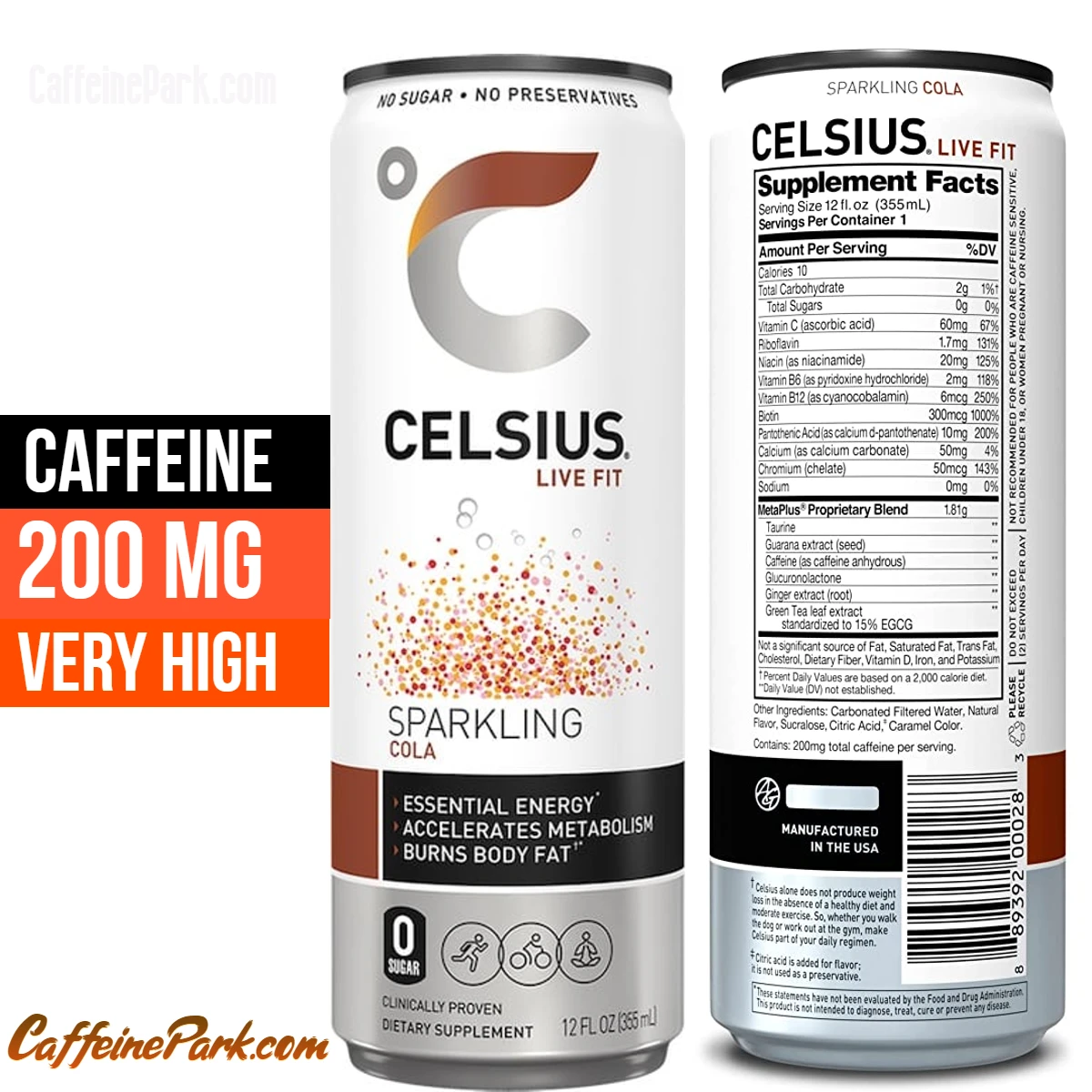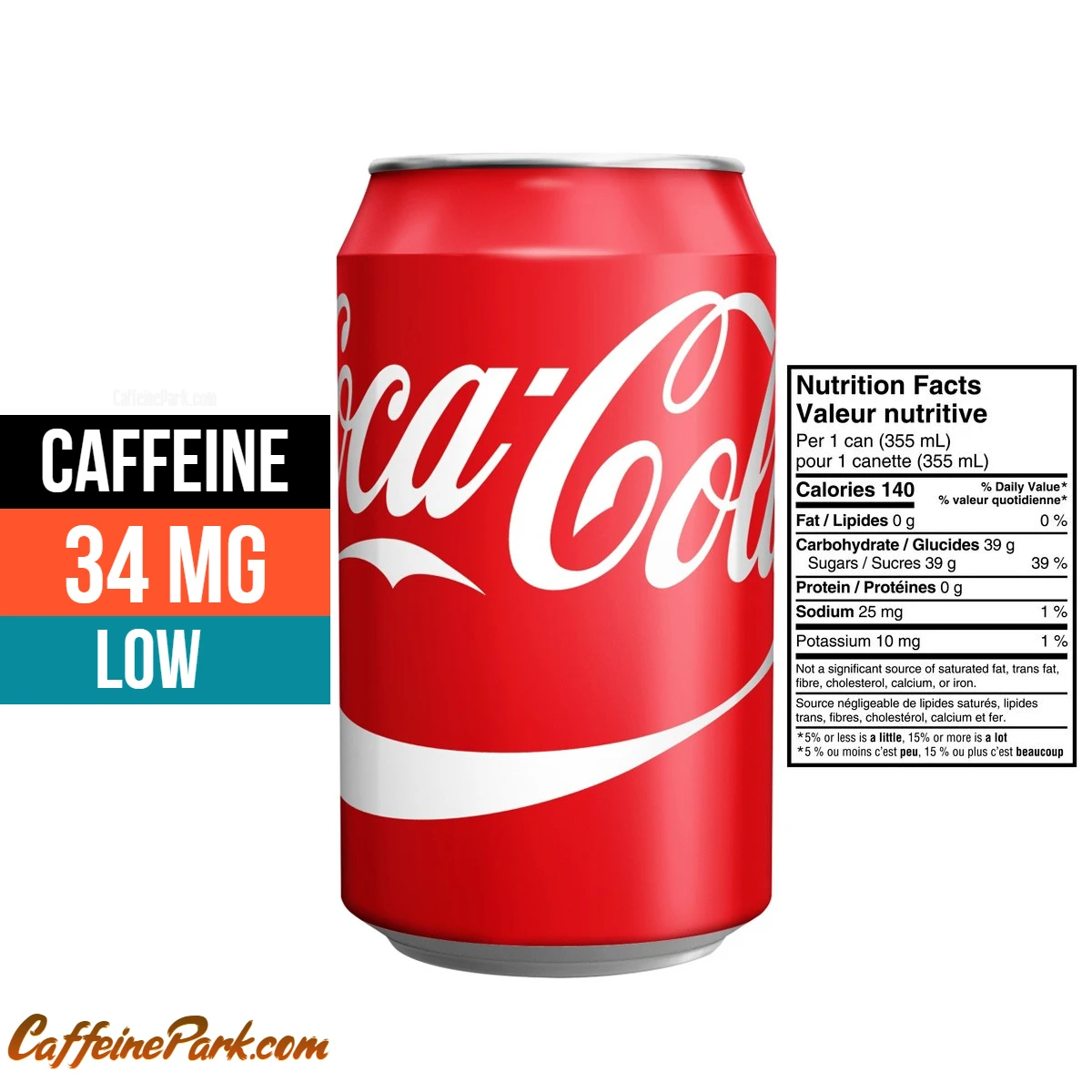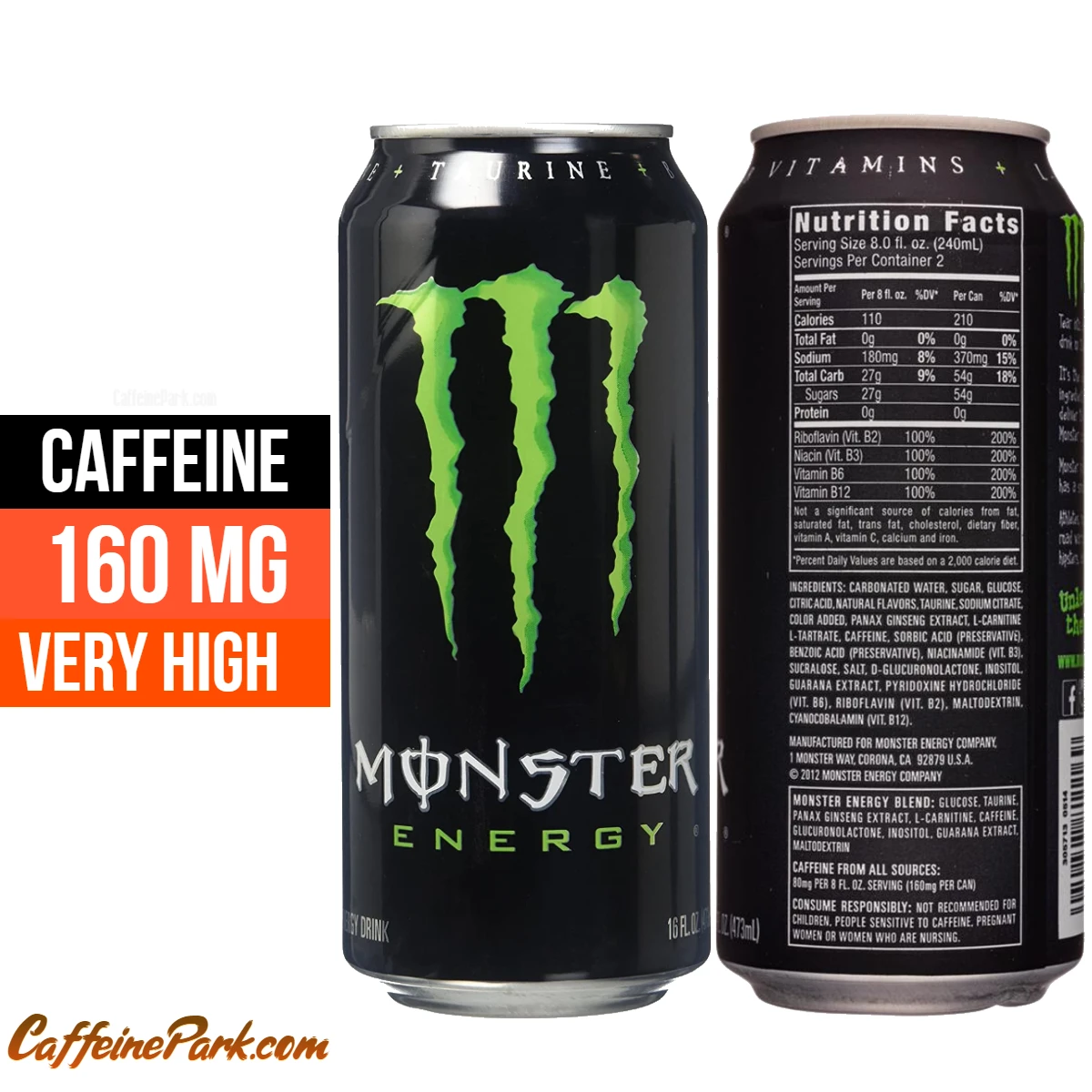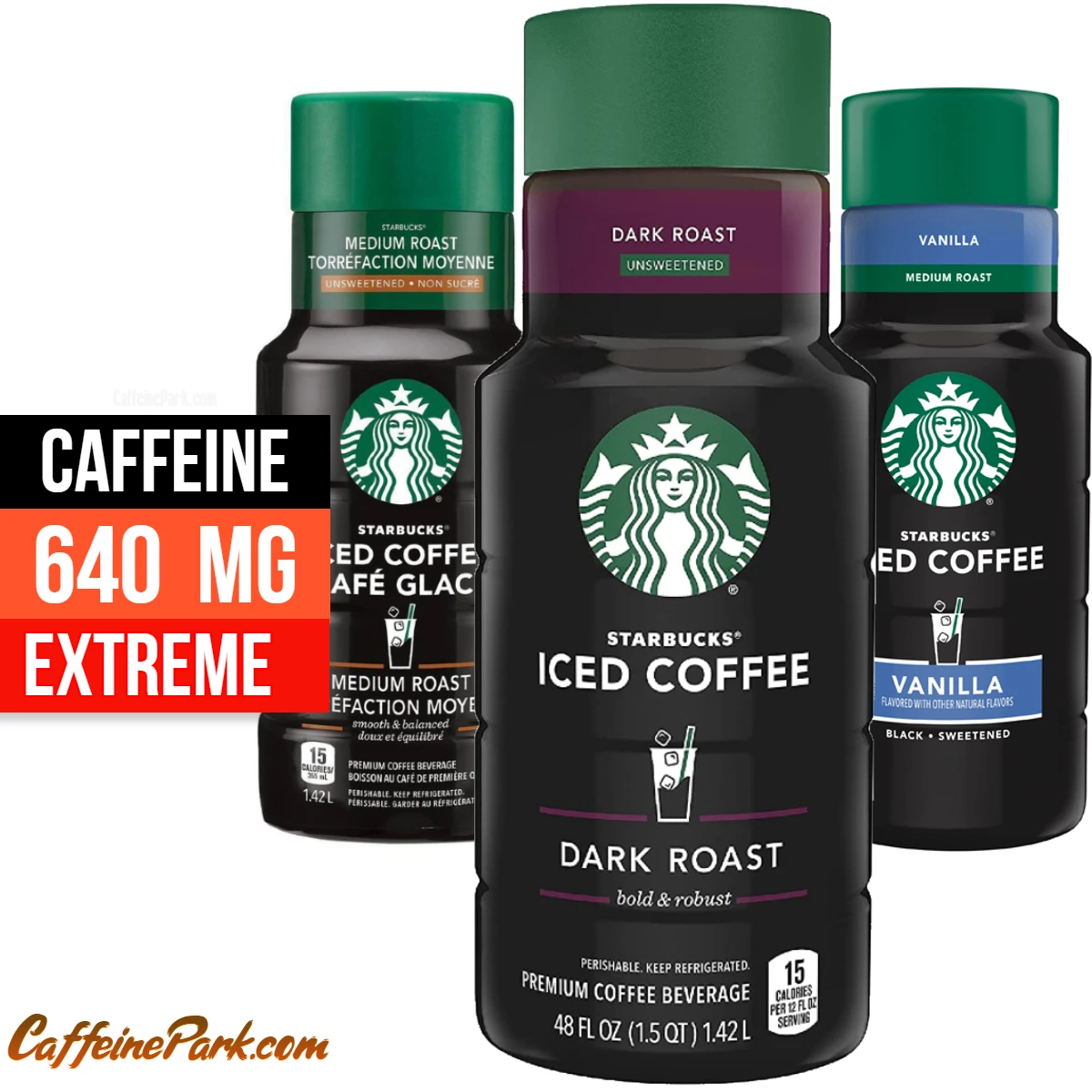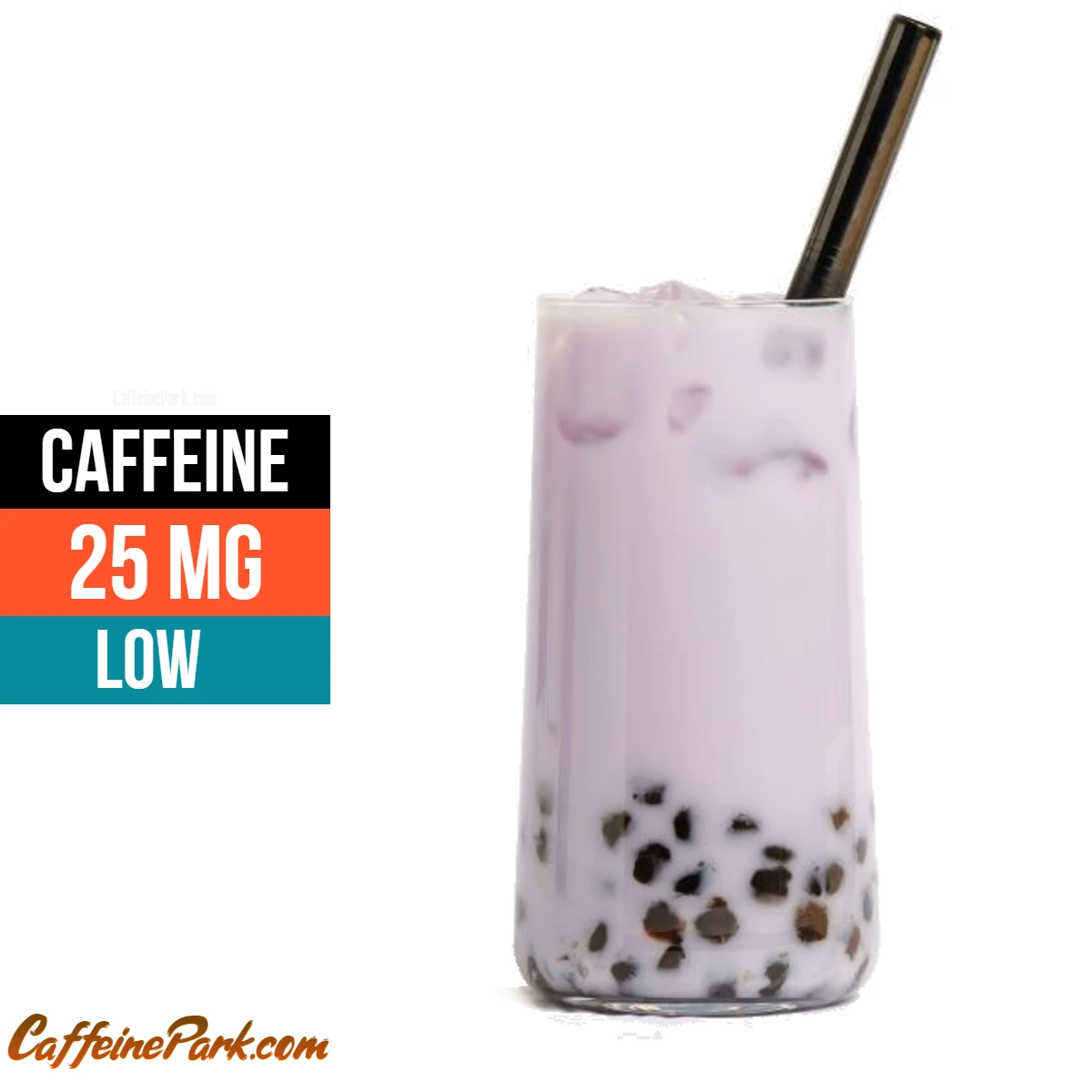
Taro Milk Tea is a sweet and creamy drink that is made with taro powder, milk, and tea. Taro powder is made by drying and grinding taro root into a fine powder. The powder is then mixed with milk and tea to create a sweet and creamy drink.
The amount of caffeine in Taro Milk Tea can vary depending on the type of tea used and the brewing method. Black tea contains about 42 milligrams of caffeine per 8-ounce cup, green tea contains about 25 milligrams of caffeine per 8-ounce cup, and oolong tea contains about 37 milligrams of caffeine per 8-ounce cup. It’s important to note that the caffeine content can also vary depending on the brewing time, temperature, and the number of tea leaves used. Some Taro Milk Tea shops may use decaffeinated tea or have the option of making it with or without tea, but this is not always the case.
Does Taro milk tea have caffeine?
Yes, A typical serving of Taro Bubble milk tea made with green tea provides around 25 milligrams of caffeine. There is a lot of variation in the amount of caffeine found in different brands, however. Some versions made with Balck tea may contain up to 47 milligrams per serving!
Here’s a chart showcasing the approximate caffeine content in different types of Taro Milk Tea per 8-ounce cup:
| Tea Type | Serving size | Caffeine Content |
|---|---|---|
| Taro Milk by Black Tea | 8 fl oz cup | 47 mg |
| Taro Milk by Green Tea | 8 fl oz cup | 25 mg |
| Taro Milk by Oolong Tea | 8 fl oz cup | 37 mg |
- Caffeine Amount: 25 mg
- Caffeine strength: LOW
- Calories: 260
- Serving size: 16 fl oz cup
- Sugar: 49 g
- Sodium: 270 mg
- Cholesterol: 5mg
The caffeine content in Taro Milk Tea can vary depending on factors such as the type of tea used and the brewing method. Black tea, which is commonly used as a base for Taro Milk Tea, contains a moderate amount of caffeine. On the other hand, green tea, although less common in Taro Milk Tea, also contains caffeine but in a slightly lower amount compared to black tea. It’s important to note that the specific caffeine content may vary between different brands and preparation methods. If you’re sensitive to caffeine or want to control your intake, it’s recommended to check the label or consult with the tea shop to determine the caffeine content in the Taro Milk Tea you choose.
Compare Caffeine in Taro milk tea vs other types of teas
When comparing the caffeine content in Taro Milk Tea to other types of teas, it’s important to consider the variations in caffeine levels based on factors like tea type, brewing method, and specific brand or recipe. Here’s a general comparison of the caffeine content in Taro Milk Tea and other popular teas:
| ITEMS | SERVING SIZE | CAFFEINE |
|---|---|---|
| Taro milk tea (Black tea) | 8 fl oz | 47mg |
| Boba tea | 8 fl oz | 47mg |
| Thai tea | 8 fl oz | 47mg |
| Matcha Tea | 8 fl oz | 64mg |
| PG Tips Black Tea | 6.78 fl oz | 50mg |
| Black Tea | 8 fl oz | 42mg |
| Lipton Tea | 8 fl oz | 55mg |
| Fast Lane Black Tea | 8 fl oz | 110mg |
| Teavana Tea | 8 fl oz | 41mg |
| Guayusa Tea | 8 fl oz | 41mg |
Review
Taro Milk Tea is a delicious and popular drink, but it is high in calories and sugar, so it should be consumed in moderation. It’s also important to check the ingredients and preparation methods to ensure that the drink is safe for consumption.
History
Taro Milk Tea, also known as Taro Bubble tea or Taro boba, is a relatively recent addition to the world of tea drinks. The origins of Taro Milk Tea can be traced back to the 1980s in Taiwan when the first bubble tea shops began to appear. The drink was created by mixing tea with tapioca pearls, also known as “boba,” and various flavors.
In the early 2000s, Taro Milk Tea became popular in the United States and other countries. As the popularity of bubble tea continued to grow, various flavors were introduced, including Taro Milk Tea. The drink became particularly popular among young people and quickly spread to other countries, becoming a global phenomenon.
The origin of Taro as an ingredient can be traced back to ancient China, where it was consumed as a staple food. Taro root is high in carbohydrates, and it is a good source of dietary fiber, vitamin C, and potassium. Taro root is also gluten-free, making it a good alternative for people with gluten allergies or celiac disease.
In recent years, Taro Milk Tea has been gaining more popularity worldwide, with many variations and new flavors being developed. The drink is also commonly known as Taro Bubble tea, Taro boba, or Taro Boba Tea.
Taste
Taro Milk Tea has a distinct and unique flavor that is a combination of sweet, creamy, and slightly earthy. Taro powder is the main ingredient that gives the drink its distinct purple color and flavor. It has a slightly nutty and earthy taste, with a hint of sweetness.
When combined with milk and tea, the drink becomes a creamy and sweet blend of flavors. The tea adds a subtle note of bitterness, which is balanced by the sweetness of the taro powder and the milk. The addition of sugar or sweeteners can enhance the sweetness of the drink.
The texture of Taro Milk Tea can vary depending on the ingredients used. Tapioca pearls or “boba” are often added to the drink, giving it a chewy texture. Some variations of Taro Milk Tea also include jelly or ice cream, adding an extra layer of texture and flavor to the drink.
Overall, Taro Milk Tea is a sweet and creamy drink with a distinct and unique flavor profile. The combination of taro powder, milk, and tea creates a delicious and satisfying drink that is enjoyed by many people around the world.
Variations
Taro Milk Tea can be made with different types of tea, including black tea, green tea, or oolong tea. Some variations also include added flavors like vanilla, caramel, or coconut. You can also find variations like Taro Milk Tea Latte, Taro Milk Tea with tapioca pearls, or Taro Milk Tea with jelly.
Ingredients and nutritional information
Taro Milk Tea typically contains taro powder, milk, tea, sugar, and other ingredients like tapioca pearls, jelly, or ice cream. The nutritional value of Taro Milk Tea can vary depending on the ingredients and the preparation method. However, it is generally high in calories and sugar and low in nutritional value.
Caffeine Content
Taro Milk Tea typically contains caffeine, as it is made with tea. The amount of caffeine in Taro Milk Tea can vary depending on the type of tea used and the brewing method.
- Black tea, which is commonly used in Taro Milk Tea, contains about 47 milligrams of caffeine per 8-ounce cup.
- Green tea, which is less common in Taro Milk Tea, contains about 25 milligrams of caffeine per 8-ounce cup.
- Oolong tea, another tea that can be used in Taro Milk Tea, contains about 37 milligrams of caffeine per 8-ounce cup.
It’s important to note that the caffeine content can also vary depending on the brewing time, temperature, and the number of tea leaves used. Some Taro Milk Tea shops may use decaffeinated tea or have the option of making it with or without tea, but this is not always the case.
It’s also worth noting that some milk tea shops use syrup or powder to make drinks that may contain caffeine, so be sure to ask before ordering.
It’s important to be aware of your own caffeine tolerance and to consume Taro Milk Tea in moderation if you are sensitive to caffeine.
Serving Size
The serving size of Taro Milk Tea can vary depending on the milk tea shop or vendor. It is common to find Taro Milk Tea sold in small, medium, and large sizes. Generally, a small size is around 12 oz, a medium size is around 16 oz, and a large size is around 20-24 oz.
It’s important to keep in mind that the serving size of Taro Milk Tea can vary depending on the ingredients used and the preparation method. Some milk tea shops may use more or less taro powder, milk, and tea, which can affect the calorie and sugar content of the drink. Additionally, some milk tea shops may add additional ingredients like tapioca pearls, jelly, or ice cream, which can also affect the calorie and sugar content.
It’s important to check the nutritional information of Taro Milk Tea before consuming it and to consume it in moderation. As Taro Milk Tea is often high in sugar and calories, it is not recommended to consume it in large amounts regularly.
Availability
Taro Milk Tea is widely available in many countries around the world. It is particularly popular in Asia, where it originated, and has become increasingly popular in recent years in the United States and other countries.
- Milk Tea shops: Many milk tea shops and chains now offer Taro Milk Tea as one of their signature drinks. You can find these shops in many cities and towns around the world.
- Convenience stores and vending machines: Taro Milk Tea is also available in convenience stores and vending machines. These pre-made drinks usually come in a ready-to-drink bottle or can.
- Online retailers: Taro Milk Tea powder and other ingredients can be purchased online through various retailers. This can be a good option for those who want to make their own Taro Milk Tea at home.
Comparison to other
Taro Milk Tea is a popular flavor of milk tea that is known for its distinct and unique flavor profile. However, there are many other flavors of milk tea that are also popular, including:
- Original Milk Tea: This is the traditional flavor of milk tea and is made with black tea and milk. It has a strong tea flavor with a creamy and sweet finish.
- Matcha Milk Tea: This flavor is made with matcha powder, which is a type of green tea powder. It has a distinct grassy and slightly sweet flavor.
- Honey Milk Tea: This flavor is made with black tea and milk, and sweetened with honey. It has a sweet and slightly floral flavor.
- Jasmine Milk Tea: This flavor is made with jasmine tea and milk. It has a floral and slightly sweet flavor.
- Thai Milk Tea: This flavor is made with black tea, milk, and spices such as cinnamon and star anise. It has a strong tea flavor with a hint of spice.
When compared to other milk tea flavors, Taro Milk Tea stands out for its unique and distinct flavor. The combination of taro powder, milk, and tea creates a sweet and creamy drink that is enjoyed by many people around the world.
Health Benefits
Taro Milk Tea can provide some health benefits, as it contains some nutritious ingredients, such as:
- Taro root is a good source of dietary fiber, vitamin C, and potassium. It also has antioxidant properties that may help to protect the body against disease.
- Tea, whether it is green, black, or oolong, is a good source of antioxidants, which can help to protect the body against disease and promote overall health.
Side Effects
- Consuming Taro Milk Tea in large amounts can lead to weight gain due to its high sugar and calorie content.
- Consuming too much caffeine can lead to side effects such as jitteriness, anxiety, and insomnia.
- People who are sensitive to caffeine should consume Taro Milk Tea in moderation or avoid it altogether.
- Some people may have an allergic reaction to taro, which can cause symptoms such as itching, rash, or difficulty breathing.
- Taro Milk Tea which is made with tapioca pearls may contain high amounts of heavy metals such as lead, which can be harmful if consumed in large amounts.
It’s important to note that Taro Milk Tea is generally considered safe for most people to consume when consumed in moderation. However, as with any food or drink, it’s always a good idea to check the ingredients and preparation methods to ensure that it’s safe for you to consume.
Pros and Cons
Pros
- Taro Milk Tea is a delicious and satisfying drink that is enjoyed by many people around the world.
- Taro root is a good source of dietary fiber, vitamin C, and potassium.
- Tea, whether it is green, black, or oolong, is a good source of antioxidants, which can help to protect the body against disease and promote overall health.
- Taro Milk Tea can be a refreshing and hydrating drink, especially on a hot day.
- It is a gluten-free alternative for people with gluten allergies or celiac disease.
- It is available in many variations and can have different flavors and added ingredients to suit different tastes.
Cons
- Taro Milk Tea is often high in sugar and calories, so consuming it in moderation is key.
- Consuming too much caffeine can lead to side effects such as jitteriness, anxiety, and insomnia.
- People who are sensitive to caffeine should consume Taro Milk Tea in moderation or avoid it altogether.
- Some people may have an allergic reaction to taro, which can cause symptoms such as itching, rash, or difficulty breathing.
- Taro Milk Tea which is made with tapioca pearls may contain high amounts of heavy metals such as lead, which can be harmful if consumed in large amounts.
- The nutritional value of Taro Milk Tea can vary depending on the ingredients and preparation method.
FAQs
The caffeine content in Taro Milk Tea can vary depending on factors such as the type of tea used and the brewing method. Typically, Taro Milk Tea made with black tea contains around 47 milligrams of caffeine per 8-ounce cup. Taro Milk Tea made with green tea usually contains approximately 25 milligrams of caffeine per 8-ounce cup. The caffeine content can also vary depending on the specific brand and preparation method.
Decaffeinated Taro Milk Tea options are available in some tea shops or brands. Decaffeinated versions are made by using a decaffeination process to remove or reduce caffeine from the tea leaves. If you prefer to enjoy Taro Milk Tea without the stimulating effects of caffeine, it’s worth checking with your local tea shop or exploring online options for decaffeinated Taro Milk Tea.
Yes, if you’re looking for a caffeine-free alternative to Taro Milk Tea, you can explore herbal or fruit-based tea options. These teas are typically naturally caffeine-free and offer a wide range of flavors to choose from. Some popular choices include herbal infusions like chamomile, and peppermint, or fruit-based teas like hibiscus or rooibos. These alternatives can provide a delicious and caffeine-free beverage option while still offering a refreshing and enjoyable tea experience.
Yes, you have some control over the caffeine content in your Taro Milk Tea. By choosing the type of tea used as a base, you can influence the caffeine levels. If you prefer a lower caffeine content, opt for Taro Milk Tea made with green tea, or explore decaffeinated options. Conversely, if you desire a stronger caffeine kick, Taro Milk Tea made with black tea would be a better choice. Additionally, adjusting the brewing time and using fewer tea leaves can also help control the caffeine content in your homemade Taro Milk Tea.
Moderate consumption of Taro Milk Tea, with its typical caffeine content, is generally considered safe for most individuals. However, caffeine sensitivity can vary from person to person. If you are particularly sensitive to caffeine or have any underlying health conditions, it’s advisable to consult with a healthcare professional regarding your caffeine intake. They can provide personalized advice based on your specific situation.
What is Taro Milk Tea?
Taro Milk Tea is a sweet and creamy drink that is made with taro powder, milk, and tea. Taro powder is made by drying and grinding taro root into a fine powder. The powder is then mixed with milk and tea to create a sweet and creamy drink.
What are the ingredients in Taro Milk Tea?
Taro Milk Tea typically contains taro powder, milk, tea, sugar, and other ingredients like tapioca pearls, jelly, or ice cream.
Is Taro Milk Tea gluten-free?
Yes, Taro Milk Tea is gluten-free as taro root is gluten-free. However, it’s important to check the ingredients and preparation methods to ensure that the drink is safe for consumption.
What is the caffeine content in Taro Milk Tea?
The amount of caffeine in Taro Milk Tea can vary depending on the type of tea used and the brewing method. Black tea contains about 42 milligrams of caffeine per 8-ounce cup, green tea contains about 25 milligrams of caffeine per 8-ounce cup, and oolong tea contains about 37 milligrams of caffeine per 8-ounce cup.
Is Taro Milk Tea healthy?
Taro Milk Tea can provide some health benefits, as it contains some nutritious ingredients, such as taro root and tea. However, it’s often high in sugar and calories, and consuming it in moderation is key.
Can I make Taro Milk Tea at home?
Yes, you can make Taro Milk Tea at home by mixing taro powder, milk, and tea. You can also add other ingredients like tapioca pearls, jelly, or ice cream. It’s important to note that homemade Taro Milk Tea may not have the same consistency or flavor as store-bought Taro Milk Tea.
Read More:
